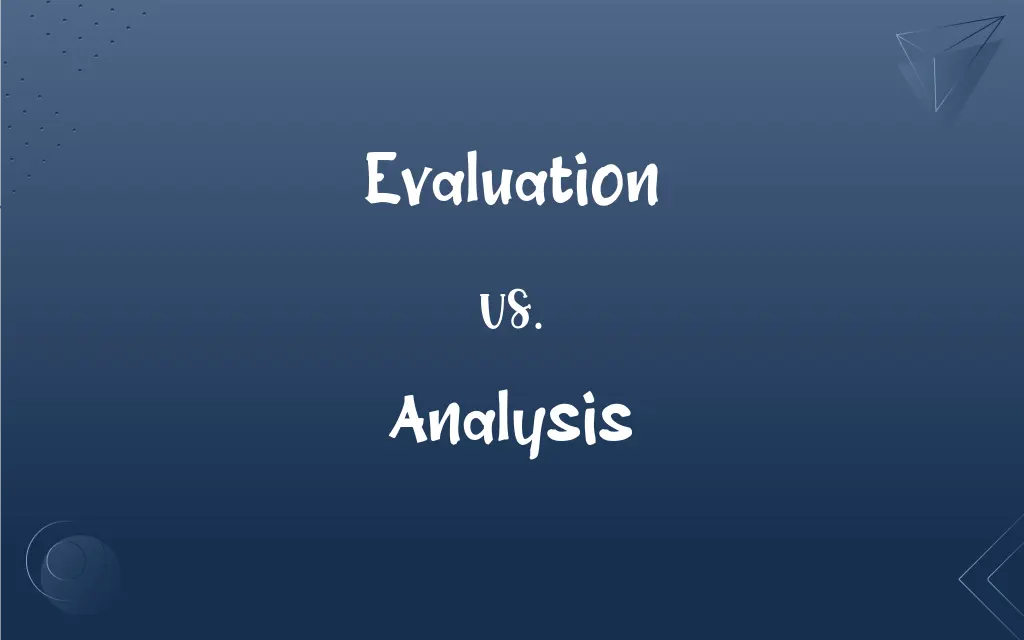

Evaluation commonly entails making a judgment about the quality, value, or worth of something based on certain criteria. This might involve considering the effectiveness, usability, or impact of an object, concept, or process. Conversely, analysis does not necessarily lead to a judgment. It involves a detailed examination of the elements or structure of something, often as a basis for discussion or interpretation, but without necessarily establishing its value or worth.
An evaluation might consider an object or concept holistically, judging it based on an overall impression or according to specific, predetermined criteria. It tends to conclude with a determination of worth or value, possibly recommending for or against it. Analysis, however, dissects the object or concept, examining its components or workings in detail. It seeks to understand, interpret, or explain, often breaking down complex entities into simpler parts to gain insight into their structure or function.
In evaluation, the person performing the action uses a set of standards or criteria to determine the value of the object being evaluated. It inherently involves a degree of subjectivity, as it is colored by the evaluator’s perspectives, criteria, and purpose for evaluation. Analysis, however, can often be conducted without inserting subjective value, aiming to explore and understand the constituent parts or inner workings of the subject. Analysts might scrutinize components, relationships, and patterns within the subject.
With evaluation, the primary goal is often to make decisions or judgments, potentially leading to action, such as implementing a program, purchasing a product, or changing a process. Evaluation often necessitates considering the fit between the item being evaluated and some external requirements or standards. Analysis might not necessarily drive decision-making in the same way. The goal of analysis is typically understanding, which might or might not be applied toward a particular decision or action.